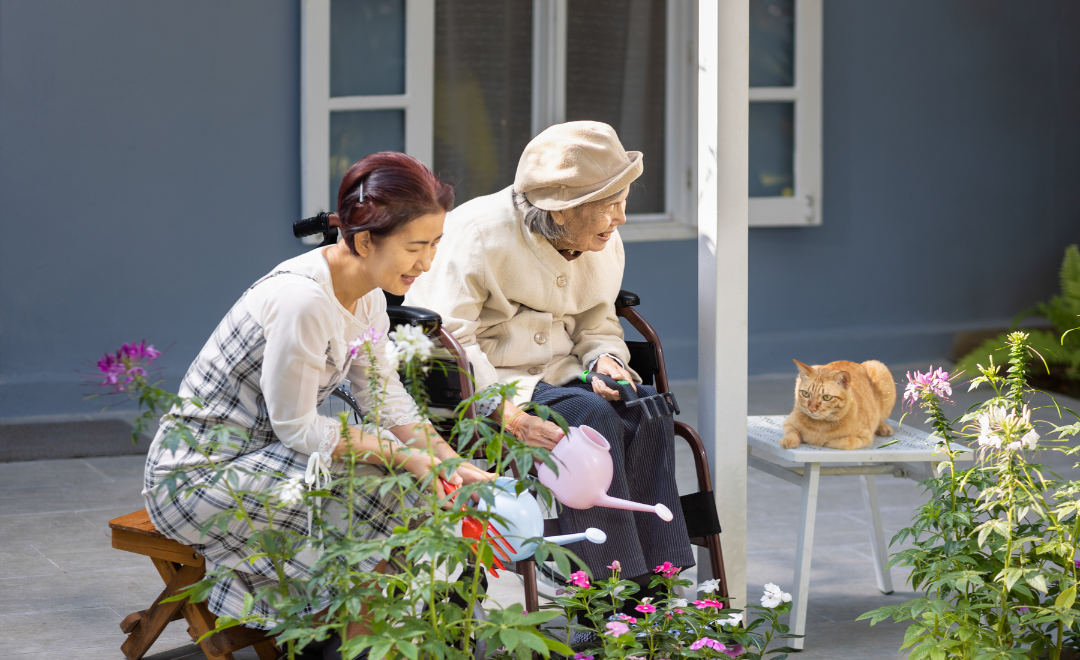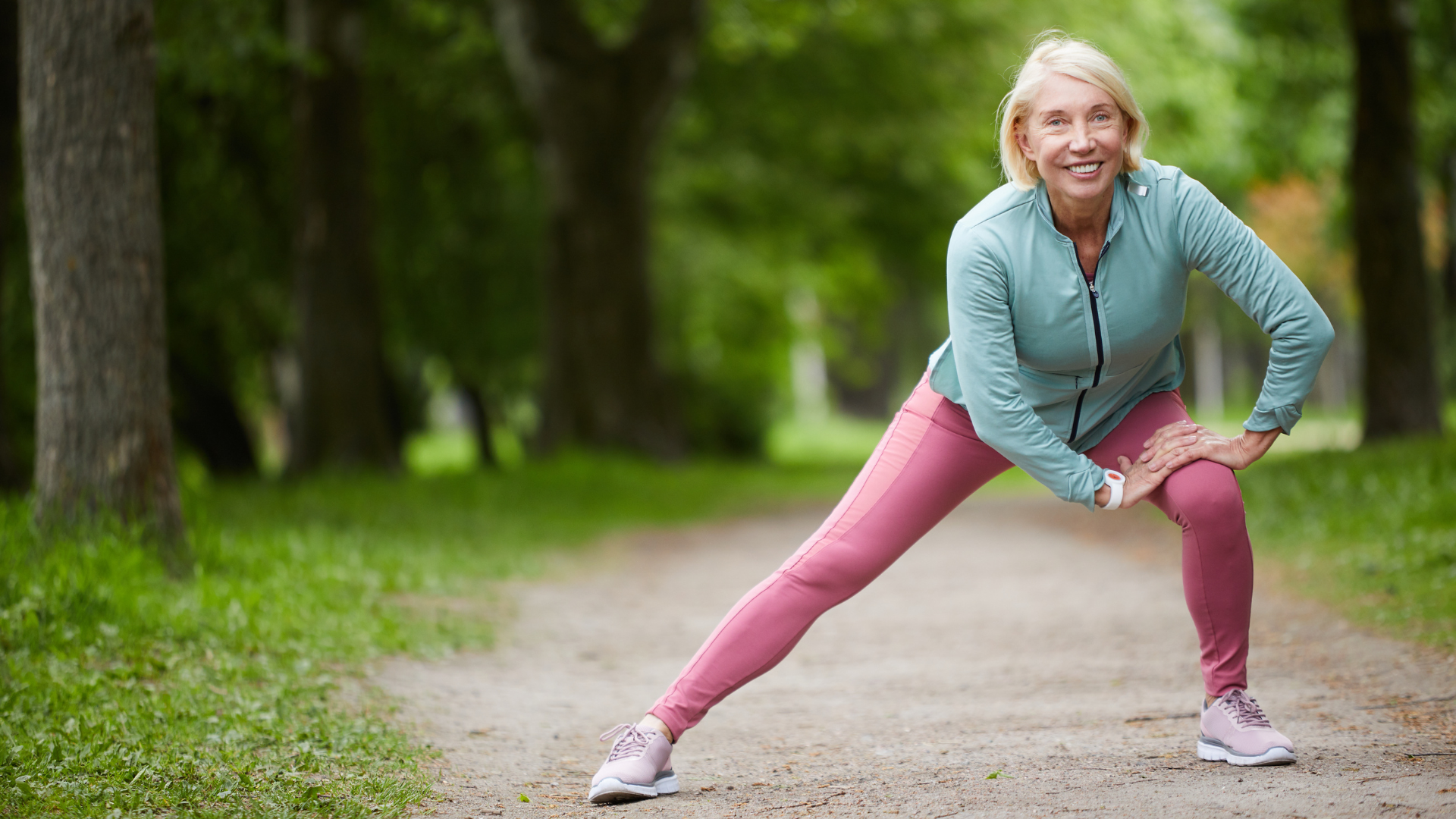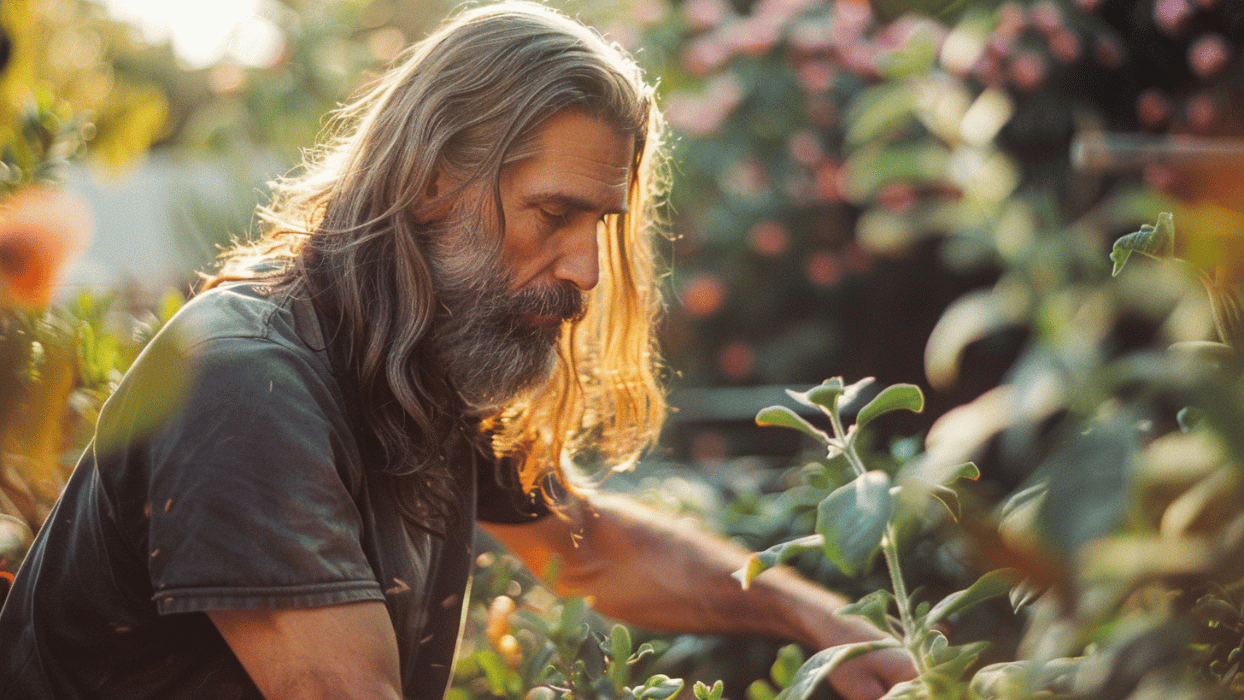Key Takeaways:
- Understanding your camera and its different modes is crucial for becoming a skilled photographer.
- Don't get overwhelmed by expensive gear—start with what you have and focus on learning how to use it effectively.
- Learn the basics of photography, including lighting, composition, and exposure, to capture high-quality photos.
hen I started photographing, I had no idea what a shutter speed was. But by practicing and studying up, I improved my skills until they were good enough to make money with photography.
Now that you're ready to start shooting professionally, here are some tips for getting started on your journey toward becoming an amazing photographer:
1. Understand your camera.
The first step to becoming a photographer is understanding your camera. While you may be tempted to skip this step, it's important to understand the basics of your camera before you start shooting. You need to know how it works, what limitations it has and what types of lenses can be attached to it.
Once you're familiar with the basics of your DSLR or mirrorless camera, learn how each mode works and what they'll do for your photos. The following modes are some of the most important ones that all photographers should understand:
- Auto Mode – Allows for automatic aperture/shutter speed adjustments depending on light conditions
- Aperture Priority Mode – Allows users complete control over aperture settings while allowing camera settings (ISO, shutter speed) automatically adjust themselves according to user preference as long as users set an appropriate exposure value (EV) manually or choose from one selected by auto ISO feature; useful when photographing bright objects like sunsets or fireworks where perfect exposure setting would otherwise require constant reevaluation
- Shutter Priority Mode – Allows users complete control over shutter speeds while allowing camera settings (ISO, aperture) automatically adjust themselves according to user preference as long as users set an appropriate EV manually or choose from one selected by auto ISO feature; useful when photographing moving subjects like sports games where correct exposure setting would otherwise require constant reevaluation

2. Don't get caught up in the gear.
There is a lot of talk about photography equipment, but it can be overwhelming for beginners. You don't need expensive equipment to take professional-looking shots right away, and you don't have to spend thousands on a camera body or lenses either.
A basic DSLR or mirrorless camera will be more than enough if that's all you have access to—just make sure it has an articulated LCD so that you can see what you're framing up while shooting from different angles. If someone gives you their old camera, then by all means use it!
Just remember: the quality of your photos depends more on learning how to use your equipment than having expensive gear—so don't let this get in the way of starting out as a photographer!
Learn more: Top Camera Options for New Photographers
3. Learn the basics of good photography.
As a beginner, you should learn the basics of photography. This will ensure that you're able to take high-quality photos with your first camera.
Know your camera:
- The first thing you need to do is get familiar with your camera and learn how it works
- You should also read the manual for instructions on how to use it properly
- As well as general information about photography in general
- Watch Youtube videos to learn more
- Take a GetSetUp Photography class and ask all of your questions
Understand the basics features of good photography:
- Lighting (how light affects objects)
- Composition (how elements are arranged)
- Exposure (the amount of light captured by the sensor)
4. Get inspired.
You should be inspired by other photographers' work.
Look at what they do, and ask yourself why you like it. You can also take classes or read books about photography, or visit art galleries and museums to see what inspires you visually. Traveling is another way to get inspired: seeing new places can give you some fresh ideas for your own photos!
Learn more: Take Your Next Image to the Next Level

5. Choose a niche and build a portfolio.
Whether you are a professional photographer or just starting out, it is important to choose a niche and build a portfolio. This will help customers find you online and understand your style.
While it may be tempting to try and do everything, it's probably better to focus on one or two types of photography that you really enjoy and are good at.
Here are some suggestions for common niches:
- Travel
- Food
- Pets
- Family portraits
- Weddings
If none of these sound appealing to you, don't worry! There are plenty more possibilities—you just have to think outside the box.

Before you can start shooting and sharing gorgeous photos, you'll need to learn how to use your camera.
Getting started with photography is much easier than it was even 10 years ago—the internet has made huge strides in making almost any question about photography answerable within seconds, and there are plenty of great books and websites out there that are full of useful tips for beginners.
We hope our tips for getting started as a photographer have helped you break through that barrier, and we can't wait to see all of your amazing work!







.png)



.webp)



.png)
